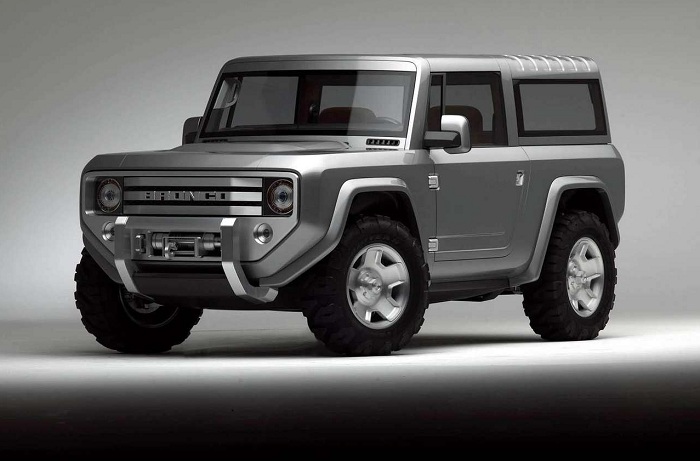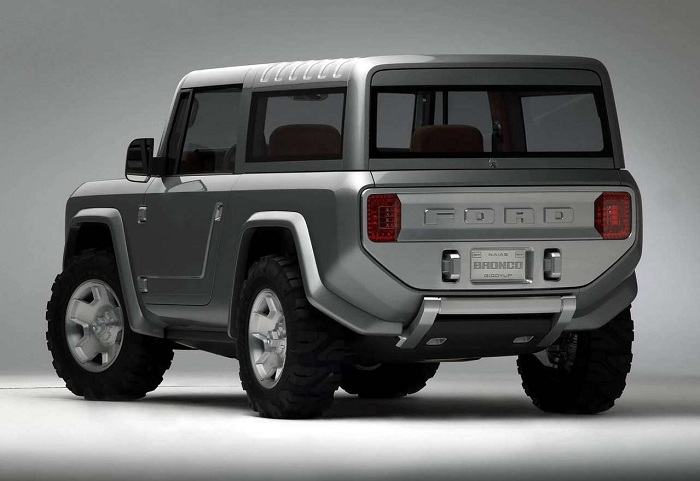Dubbed the “Baby Bronco”, the yet to-be officially titled compact SUV is slated to make its unveiling next year as a 2020 model, and according to Ford’s Head of Product Planning and Development, Hau Thai-Tang, will have a “rugged off-road styling”.
Based on the report by Reuters, the Baby Bronco will share a number of parts, besides its Focus underpinnings, with the next Kuga/Escape and reportedly feature styling similar to the original Bronco, meaning it could possibly serve as the production version of the Bronco concept shown (pictured) at the North American International Auto Show in Detroit 14 years ago.

Part of Ford’s decision announced back in April to offer more SUVs at the expense of the traditional family sedan, a move which will see the next Fusion becoming a crossover in 2021 and a rival for the Subaru Outback, the Baby Bronco will in effect be a step up from the Focus Active and serve as the mid-point between the EcoSport and Kuga/Escape.
Unlike the full-size Bronco which will ride on the same T6 platform as the Ranger and Everest, the Baby Bronco’s Focus architecture will see it offering a choice of front-or-all-wheel drive, with motivation likely to come from the 110kW or 134kW 1.5-litre EcoBoost petrol engine, or the 2.0-litre EcoBlue turbodiesel that produces 110kW/370Nm.

A bigger 2.0-litre EcoBoost and possibly the 2.3-litre EcoBoost could also be used as powerunits in the States, with transmission options likely to consists out of a six-speed manual, the new eight-speed automatic or in the case of the latter mill, the 10-speed automatic co-developed with General Motors.
In addition to announcing the Baby Bronco, Hua also revealed that the Blue Oval will cut its platforms from nine to five modular structures, namely two unibodys supporting a front-wheel drive/all-wheel drive and rear-wheel drive/all-drive layout, a rear-wheel drive/all-wheel drive body-on-frame configuration, a commercial van focused unibody and a dedicated electric unibody construction.
According to Hua, the intended downsizing would result in a saving of $25.5-billion (R359.4-billion) over the next five years, and cut development time from sketch to final production model by some 20%.
















